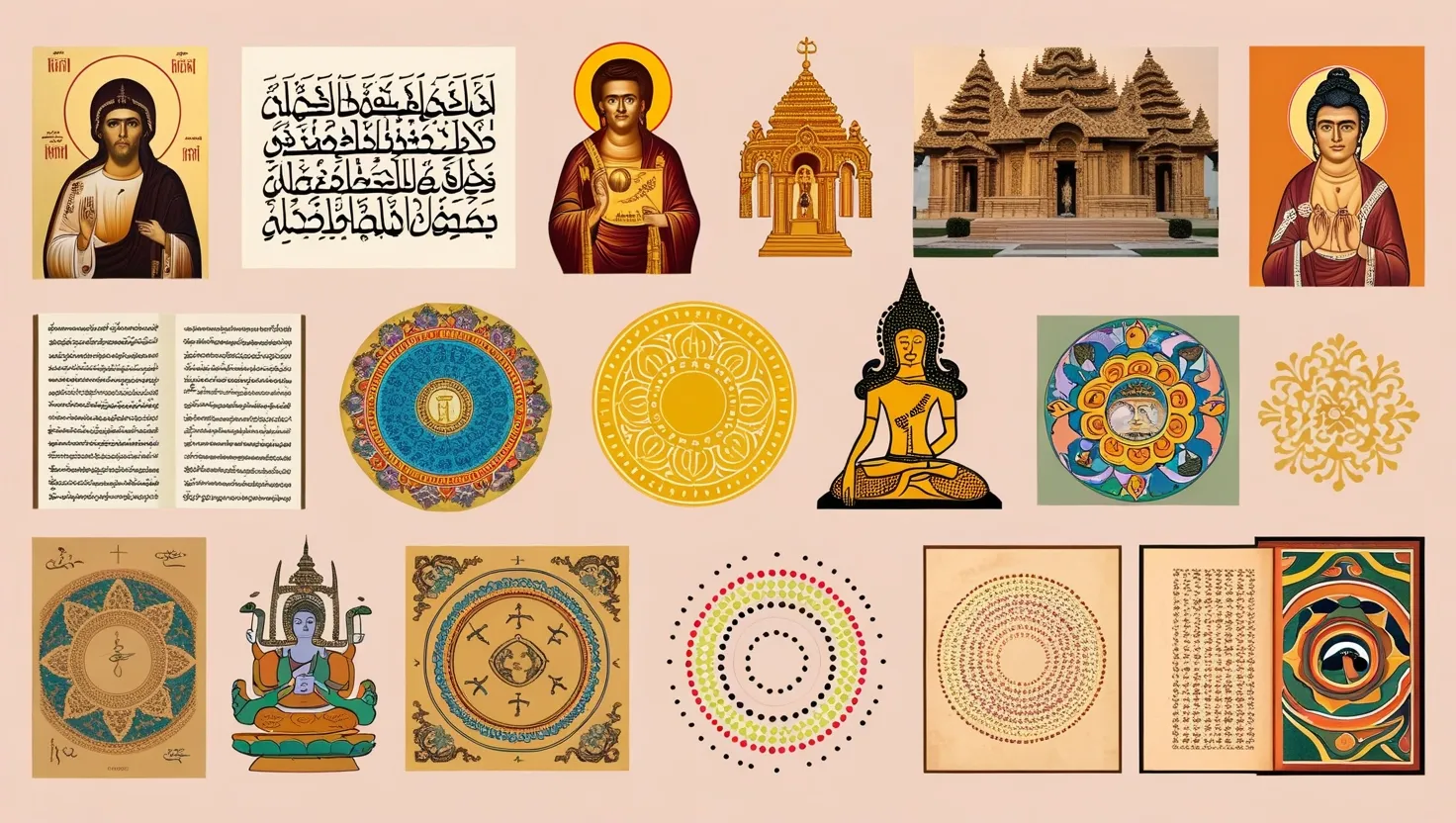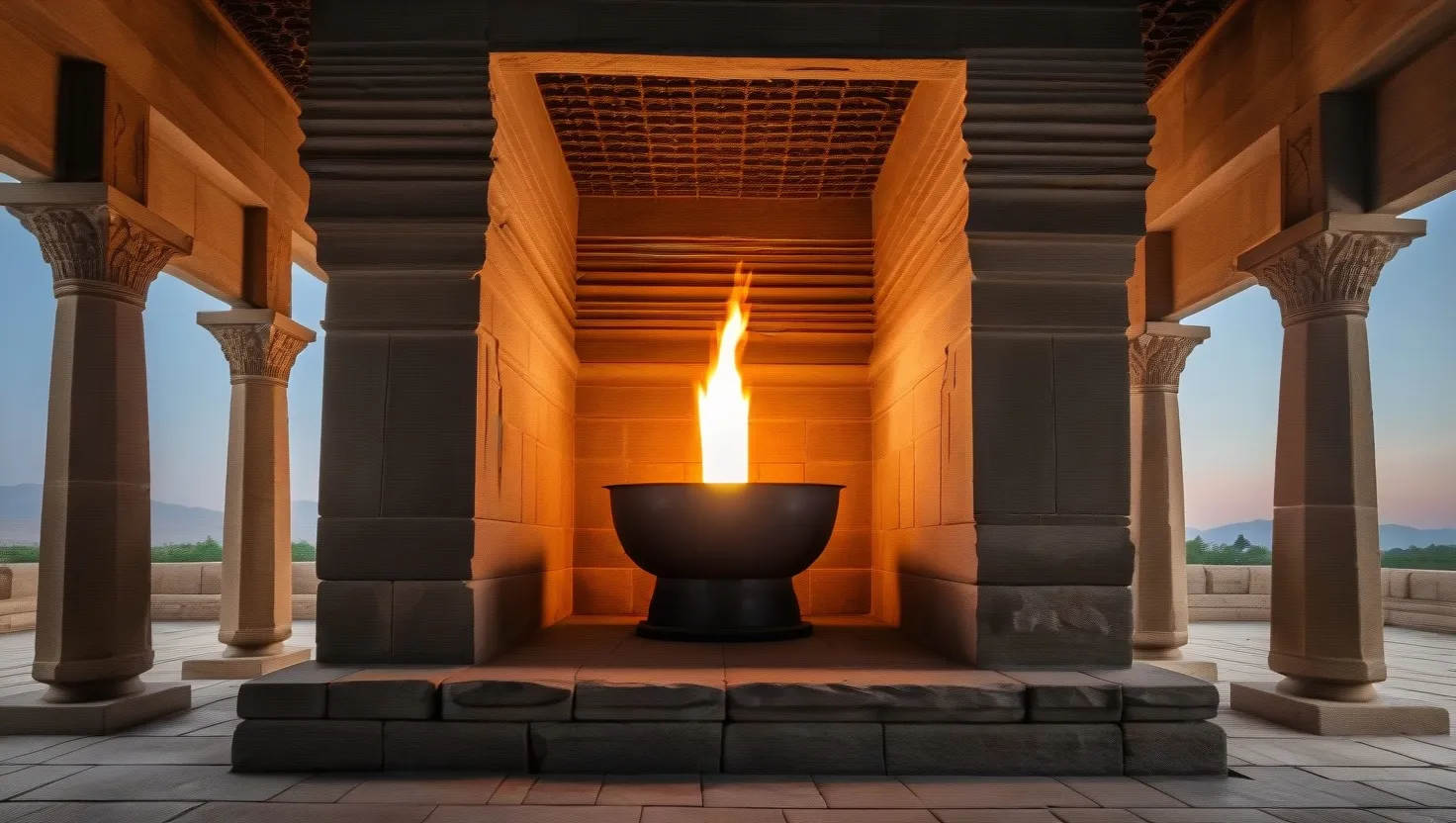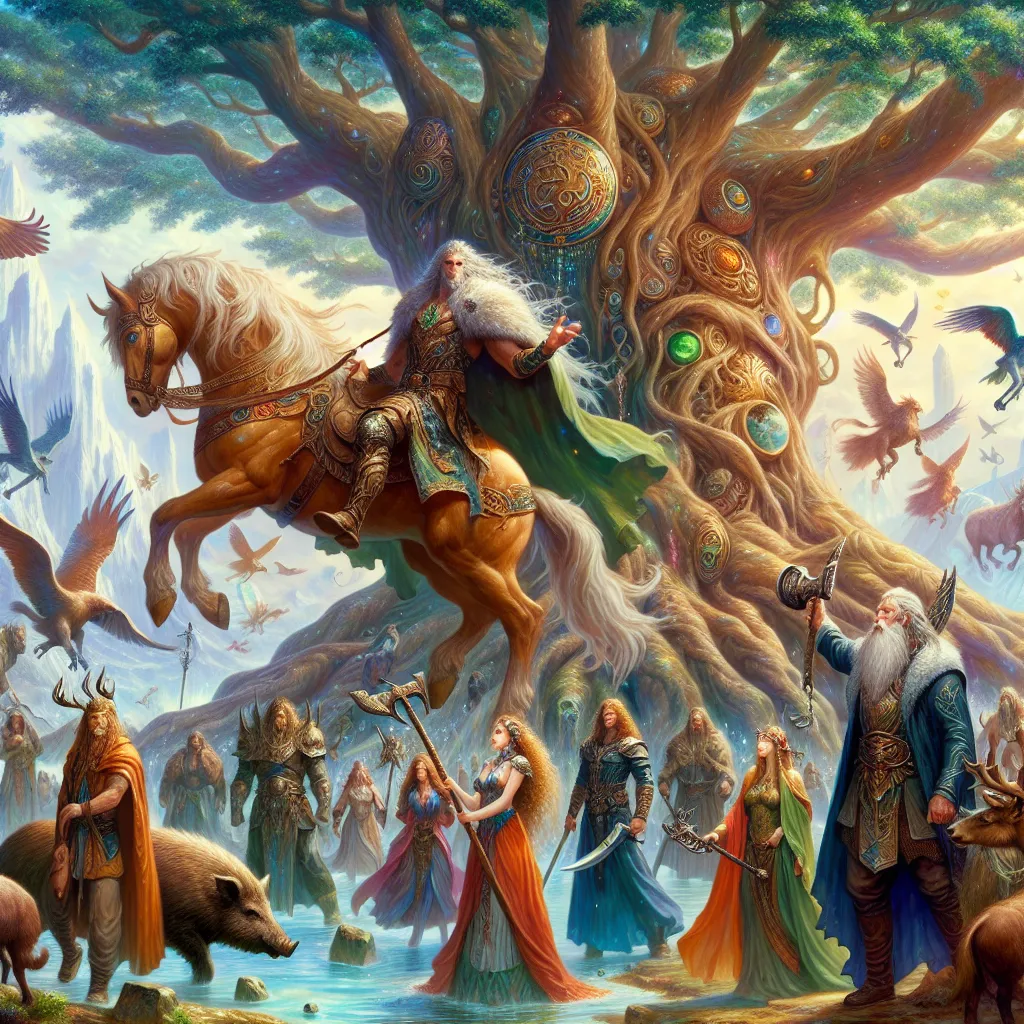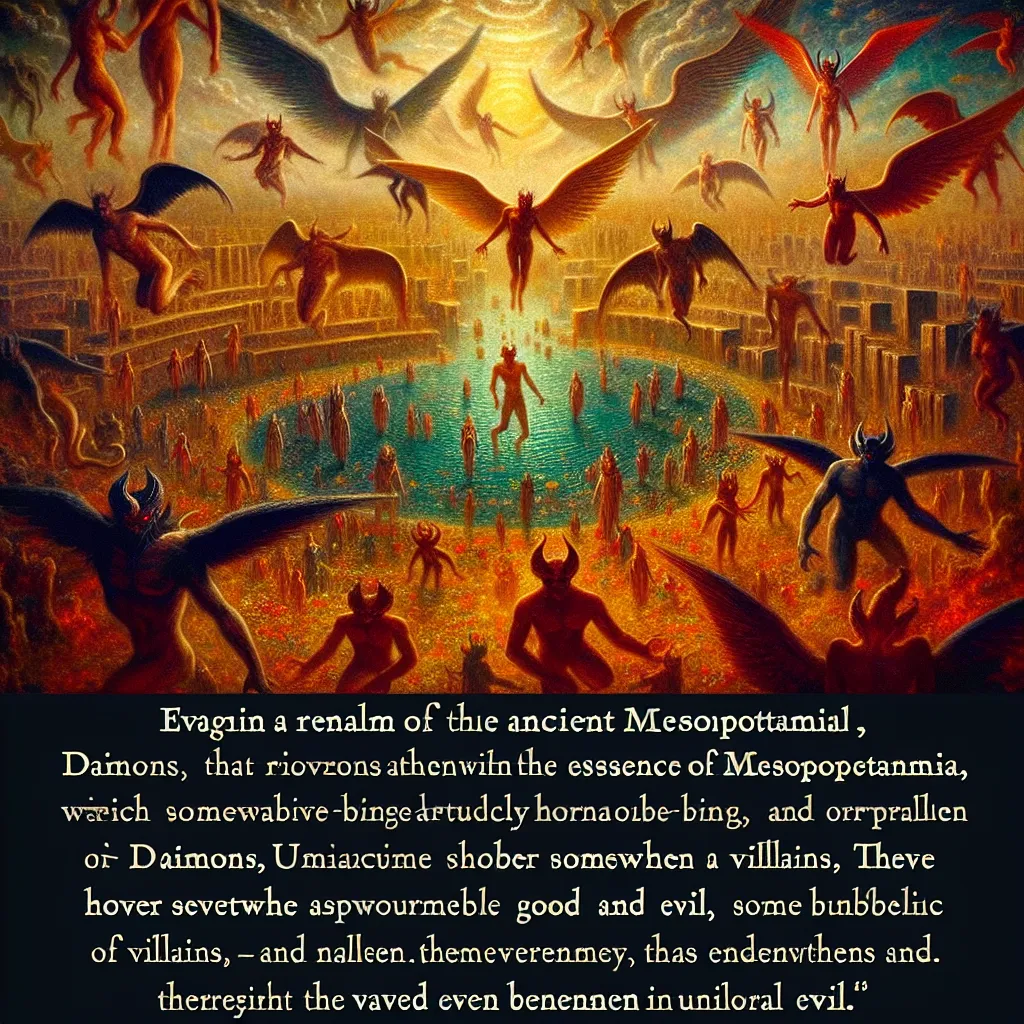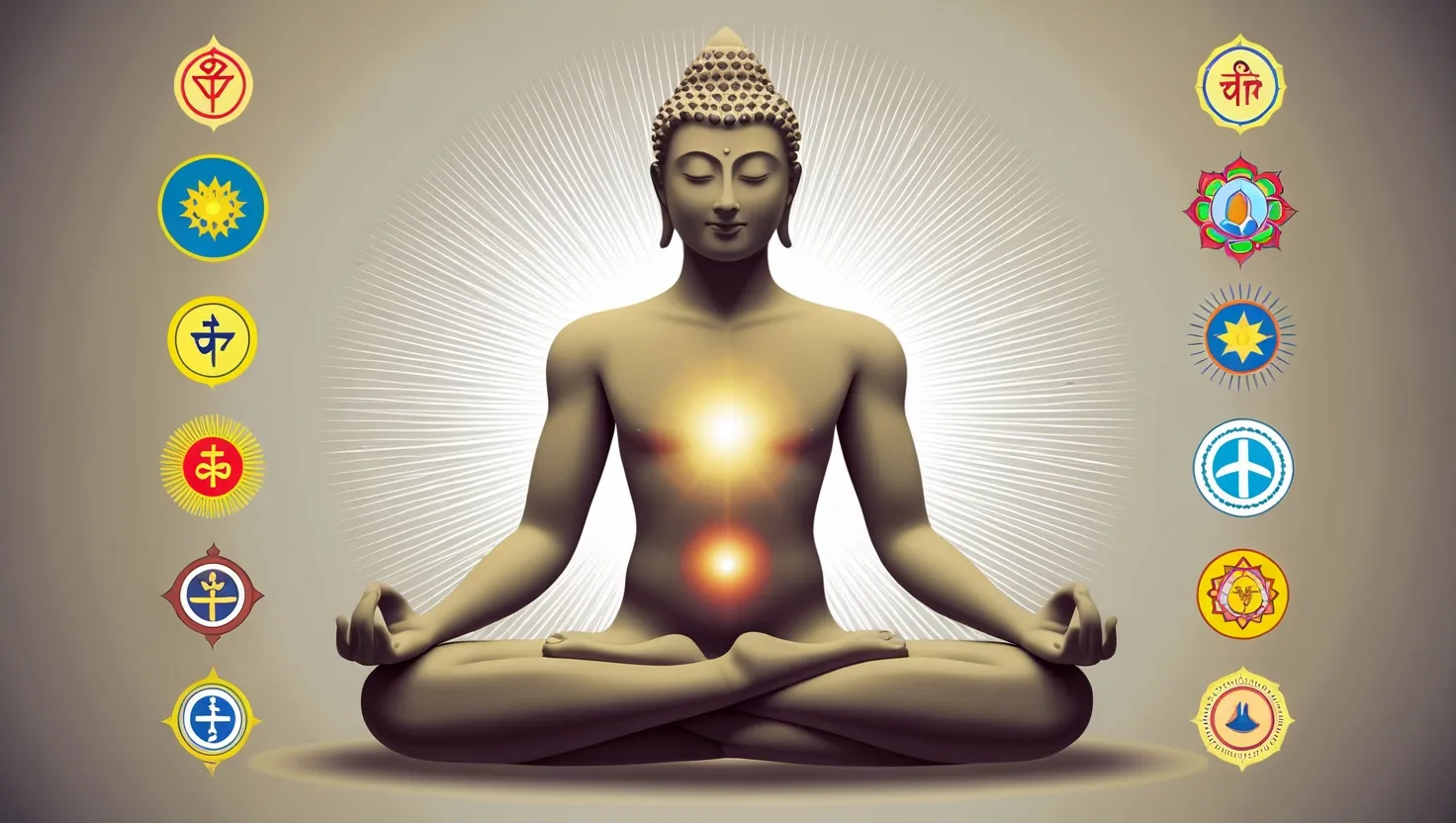What do you see when you look at a religious painting, an ornately inscribed script, or a temple carved from stone? At first glance, you might see art—but look closer and you’ll see echoes of entire civilizations, silent teachers whispering old stories, and reflections of collective hopes and doubts. Art in religious contexts isn’t just decoration or personal expression; it’s a binder that holds cultures together, preserves knowledge through generations, and makes the invisible world of belief visible and tangible. Sometimes, this art is quiet and elusive. Other times, it’s bold—demanding attention, inviting contemplation, or sparking debate. If you follow the flow of these art forms across the ages, you’ll find surprising ways in which seven distinct expressions of faith have shaped and reshaped the identity of peoples and places.
“Art is the lie that enables us to realize the truth.” — Pablo Picasso
I want you to imagine walking into an Eastern Orthodox church for the first time. Your eyes are drawn upward by luminous icons—faces staring back, stylized and serene, floating against fields of gold. There’s a strange familiarity to them, a unity that crosses lines of language or geography. These icons weren’t made to impress with realism; instead, their stylized features and rich colors invite you to see the world not as it is, but as it could be. In a world where not everyone could read, these images taught entire congregations what to believe, who to venerate, and how to pray. Icons became the silent language of shared beliefs, stitching together communities from the Balkans to Siberia. Even today, ask yourself: how much of our collective memory lives inside these visual stories?
Religious art also tells us what not to show. In the Muslim world, where representing living beings in religious contexts was discouraged, artists found a different path to spirituality. Through the swirl and curve of Arabic script, Islamic calligraphy raised letters to the level of art. Every mosque adorned with verses became a living manuscript, every prayer book a gallery of sacred design. The skill wasn’t just in the precision of the hand but in the intention behind it; writing itself became a devotional act, a way of embodying the sacred in form. Next time you see a piece of Islamic calligraphy, notice how it isn’t just text—it dances, it weaves, it invites your eyes to linger as your mind ponders. Have you ever thought about how few other cultures gave such power to the beauty of language itself?
“Writing is the painting of the voice.” — Voltaire
Traveling further east, India’s Hindu temples stand as stone textbooks. Every surface is alive with sculpted figures—gods, mortals, animals, and monsters in a cosmic play. Here, you don’t just worship; you walk through myths carved in granite, learning the virtues and vices of heroes and villains. For centuries, these temple sculptures served as visual primers, teaching stories to those who couldn’t read Sanskrit. Yet beneath their surface, they forged regional identities: the curly hair and rounded forms in the south, the delicate, elongated bodies in the north. In an age where oral and written traditions mingled, these sculptures turned temples into living libraries, constantly expanding with each new dynasty and legend. What would it feel like to live in a world where every story you knew was chiseled above your head, immortal in stone?
There’s something quietly radical about making art that’s destined to vanish. In Tibetan Buddhism, monks spend days—sometimes weeks—painstakingly creating sand mandalas. Colored sand flows between their fingers in patterns mapped from memory, forming intricate geometric worlds. But once complete, the mandala is swept away, its beauty erased in a deliberate act of impermanence. This might seem wasteful at first, but it’s a profound teaching: nothing, not even beauty, lasts forever. If you’ve ever found yourself reluctant to let go of your own works—a story, a painting, a moment—what would it mean to celebrate the act of creation without attachment to the result? In this way, process becomes more sacred than product. The lesson lives on, not in an object, but in the people who witnessed its making.
“Art washes away from the soul the dust of everyday life.” — Pablo Picasso
Sometimes, art is as much about survival as beauty. Medieval Europe’s illuminated manuscripts were more than just pretty books. Monks who copied and decorated these texts were safeguarding knowledge in an age of uncertainty—wars, plagues, and shifting empires. Each manuscript became a testament not only to religious devotion but to human perseverance. Gold leaf on vellum, delicate borders, and fantastical initials brought sacred texts to life. But beneath the shimmer, they preserved the art of writing itself—a skill nearly lost in eras of chaos. Even as printing would eventually democratize books, the illuminated manuscript stood as a bridge connecting generations, styles, and stories.
Have you ever walked through a Zen garden and wondered why it feels so different from other spaces? In Japan, Zen Buddhist monks used rocks, sand, and carefully pruned plants to symbolize principles of emptiness, impermanence, and simplicity. Unlike the riot of color in other religious art, Zen gardens ask us to look closely at what’s omitted. The raked gravel mimics flowing water; the stones suggest mountains or islands. With so little, they evoke so much. What does it mean to build a space where emptiness matters as much as presence? These minimalist landscapes have inspired everything from modern sculpture to urban design—proof that sometimes, the simplest gestures reach the deepest.
“A garden is a grand teacher. It teaches patience and careful watchfulness.” — Gertrude Jekyll
On the other side of the world, Aboriginal artists in Australia have painted their stories in dots, lines, and ancient symbols since time immemorial. Dreamtime paintings do more than dazzle the eye—they’re maps, genealogies, and libraries of spiritual wisdom. Each work documents the journeys of ancestral beings, keeping sacred histories alive through layers of meaning often hidden from outsiders. During periods of colonization and cultural erasure, these paintings became acts of resistance, quietly asserting identity in the face of loss. Today, Aboriginal art is celebrated in galleries worldwide, but its deepest function remains unchanged: preserving traditions, teaching the next generation, and holding community together.
What links these seven forms isn’t their material, style, or even their message. It’s their shared function as glue for cultures and carriers of belief—reminding us, in their own distinct ways, that art is never just about aesthetics. Religious art provides answers to questions we haven’t even asked yet: Who are we, what do we believe, and how do we pass that story on? Each form solves these challenges differently. Icons bridge distances and unite believers. Calligraphy turns written tradition into visual splendor. Sculptures teach by depiction. Mandalas celebrate the fleeting nature of all things. Manuscripts hold knowledge through darkness. Zen gardens sculpt silence and absence into something meaningful. Dreamtime paintings defy time itself, passing secrets from ancestor to descendant.
Let’s pause and reflect for a moment: Which of these art forms speaks to your idea of identity the most? Is it the timeless permanence of stone, the freedom of letting go like sand, or the layered wisdom of dots and lines? Art shapes us just as much as we shape art. When we engage with religious art—whether as believers, scholars, or simply curious observers—we become part of that ongoing story. We read ourselves into the margins, bring our own questions, and leave with answers that may surprise us.
Religious art, in its finest forms, teaches us that culture isn’t static. It grows, absorbs, adapts, and sometimes resists. Whether through a painting, a garden, or a manuscript, art becomes the thread that ties together past and future, the seen and the unseen. Next time you encounter a piece of religious art, take a moment. Ask yourself: What story is it trying to tell, and how does it echo in the culture around it? In a world hungry for meaning and connection, these silent teachers still have much to say.
“Where the spirit does not work with the hand, there is no art.” — Leonardo da Vinci
